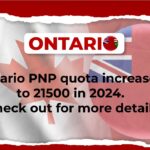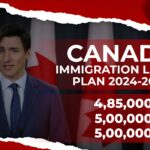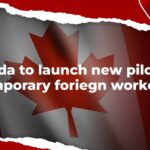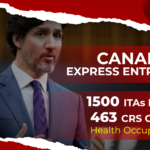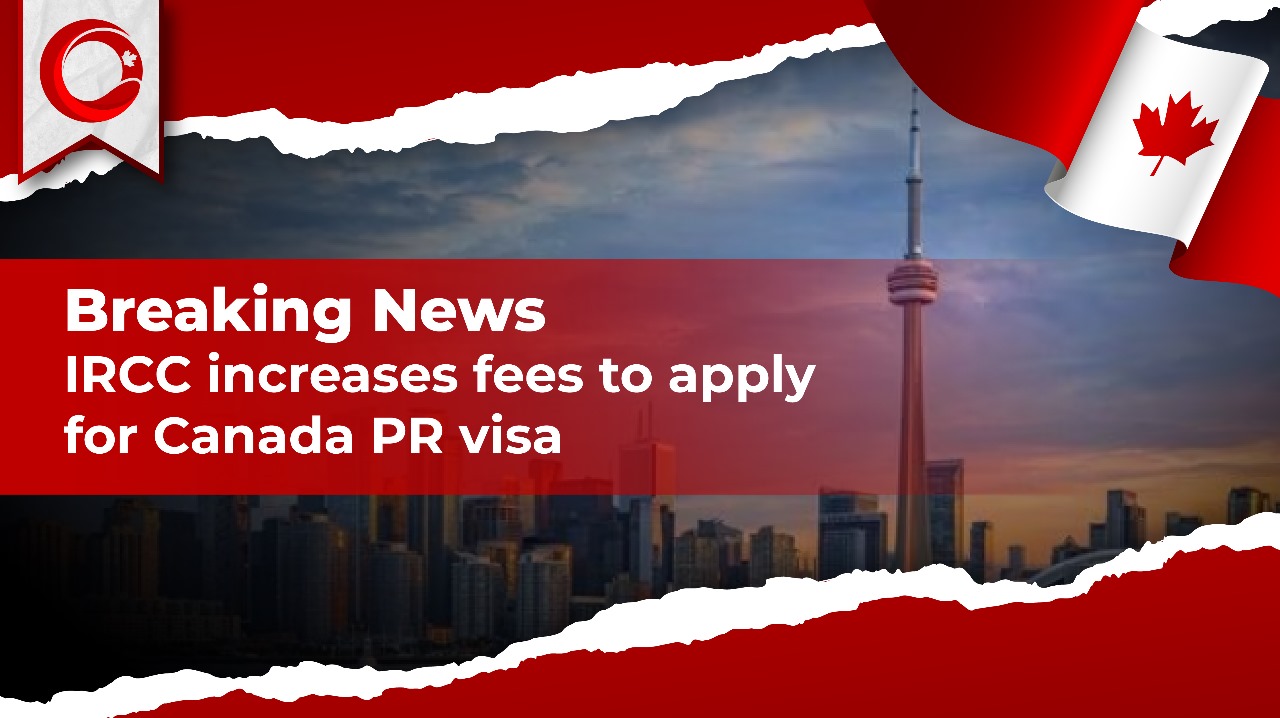Introduction to IRCC
In a recent development, the Immigration, Refugees, and Citizenship Canada (IRCC) has announced a significant increase in fees for applying for a Permanent Resident (PR) visa in Canada. This decision has stirred discussions among aspiring immigrants and immigration experts alike, with its potential impact on migration patterns and the broader immigration landscape in Canada.
The increase in fees, although anticipated by some due to the changing economic and social dynamics globally, comes as a surprise to many. Aspiring immigrants, who have been planning their journey to Canada, are now faced with additional financial considerations. This move by the IRCC prompts a reassessment of financial plans and timelines for those seeking permanent residency in the country.
The Primary Reasons Cited by the IRCC
One of the primary reasons cited by the IRCC for this fee hike is to ensure the sustainability of Canada’s immigration system. As the demand for immigration to Canada continues to rise, the government aims to streamline the process and manage the influx of applications effectively. By adjusting the fees, the IRCC seeks to cover the costs associated with processing applications and providing essential services to immigrants.
However, critics argue that such a substantial increase in fees may deter individuals from pursuing their dreams of settling in Canada. For many aspiring immigrants, the financial burden of the application process is already significant, and a sudden spike in fees could pose a barrier to entry. This could particularly affect individuals from low and middle-income backgrounds who may struggle to afford the increased costs.
Moreover, the timing of this fee hike raises questions about its potential impact on Canada’s reputation as a welcoming and inclusive nation. Canada has long prided itself on its multiculturalism and openness to immigrants, attracting talent and diversity from around the world. However, the sudden increase in fees may signal a shift in priorities, raising concerns about accessibility and fairness in the immigration system.

The Implications of this Fee
The implications of this (IRCC) fee increase extend beyond the immediate financial implications for applicants. It also raises broader questions about the accessibility and affordability of immigration pathways to Canada. As the cost of living continues to rise, especially in major urban centers like Toronto and Vancouver, aspiring immigrants must carefully consider the financial implications of their decision to relocate.
Furthermore, this fee hike underscores the need for transparency and accountability in Canada’s immigration policies. As the government adjusts fees and regulations, it is essential to ensure that the process remains fair and equitable for all applicants. This includes providing clear guidelines on fee structures and offering support to individuals who may face financial barriers to immigration.
Immigration, Refugees and Citizenship Canada (IRCC) has increased the fees required to apply for Canada PR visa. The department updates the Canada PR fees every two years.
Changes to Canada PR visa fees
Starting April 30, 2024, at 9:00:00 AM Eastern Time, candidates applying for a Canada PR must pay the following fees:
| Program | Applicants | Current Fees (April 2022 – March 2024) | New Fees (April 2024 – March 2026) |
| Right of Permanent Residence Fee | Principal applicant and accompanying spouse or common-law partner | $515 | $575 |
| Federal Skilled Workers, Provincial Nominee Program, Quebec Skilled Workers, Atlantic Immigration Class and most economic pilots (Rural, Agri-Food) | Principal applicant | $850 | $950 |
| Accompanying spouse or common-law partner | $850 | $950 | |
| Accompanying dependent child | $230 | $260 | |
| Live-in Caregiver Program and caregivers pilots (Home Child Provider Pilot and Home Support Worker Pilot) | Principal applicant | $570 | $635 |
| Accompanying spouse or common-law partner | $570 | $635 | |
| Accompanying dependent child | $155 | $175 | |
| Business (federal and Quebec) | Principal applicant | $1,625 | $1,810 |
| Accompanying spouse or common-law partner | $850 | $950 | |
| Accompanying dependent child | $230 | $260 | |
| Family reunification (spouses, partners and children; parents and grandparents; and other relatives) | Sponsorship fee | $75 | $85 |
| Sponsored principal applicant | $490 | $545 | |
| Sponsored child (principal applicant under 22 years old and not a spouse/partner) | $75 | $85 | |
| Accompanying spouse or common-law partner | $570 | $635 | |
| Accompanying dependent child | $155 | $175 | |
| Protected persons | Principal applicant | $570 | $635 |
| Accompanying spouse or common-law partner | $570 | $635 | |
| Accompanying dependent child | $155 | $175 | |
| Humanitarian and compassionate consideration / Public policy | Principal applicant | $570 | $635 |
| Accompanying spouse or common-law partner | $570 | $635 | |
| Accompanying dependent child | $155 | $175 | |
| Permit holders | Principal applicant | $335 | $375 |
Response to the Fee Increase
In response to the fee increase, IRCC immigration advocacy groups and organizations are calling for greater consultation and engagement with stakeholders. They argue that decisions affecting immigration policies should be made in consultation with the communities they impact, ensuring that the voices of immigrants are heard and considered.
Despite the challenges posed by the fee increase, (IRCC) Canada remains an attractive destination for immigrants seeking better opportunities and quality of life. With its strong economy, diverse society, and robust social welfare system, Canada continues to be a beacon of hope for millions around the world. However, it is essential for the government to strike a balance between managing immigration flows and maintaining its reputation as an inclusive nation.
Conclusion
In The recent fee increase by the IRCC for applying for a Canada PR visa has sparked debates and discussions about the accessibility and affordability of immigration to the country. While the government aims to ensure the sustainability of its immigration system, it must also consider the impact of its policies on aspiring immigrants and their families. Moving forward, it is crucial for Canada to uphold its values of diversity and inclusivity while addressing the challenges posed by increasing immigration demands.








































